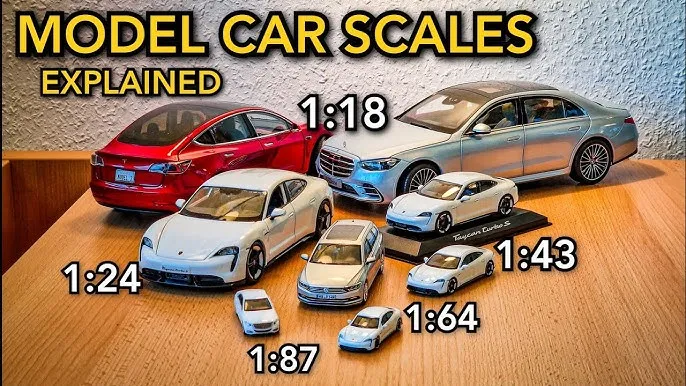What are Diecast Cars
Diecast cars are miniature replicas of real-life automobiles, meticulously crafted from metal, typically zinc alloy. These miniature marvels have captured the hearts of collectors and enthusiasts for decades, offering a tangible connection to the automotive world. Their appeal stems from the level of detail, the variety of models available, and the nostalgic value they often hold. From classic cars to modern supercars, diecast models come in an astonishing array of designs, catering to a diverse range of interests and preferences. The term ‘diecast’ refers to the manufacturing process, where molten metal is injected into a mold under high pressure, creating highly detailed and accurate representations of the original vehicles. These cars are not just toys; they are miniature works of art.
Defining Diecast Car Sizes & Scales
Understanding the sizes and scales of diecast cars is crucial for any collector or enthusiast. The scale of a diecast car represents the ratio between the model’s size and the actual size of the vehicle. This ratio is expressed as a fraction or a proportion, such as 1:18 or 1/18, indicating that the model is 1/18th the size of the real car. Different scales offer various levels of detail and present different collecting and displaying possibilities. The scale chosen will greatly influence the physical dimensions of the diecast car, its weight, and the overall aesthetic appeal when displayed or stored. Choosing the right scale can significantly impact the collecting experience and personal enjoyment of these detailed models. Determining the scale is a fundamental step in the hobby of collecting diecast cars.
Common Scales Explained
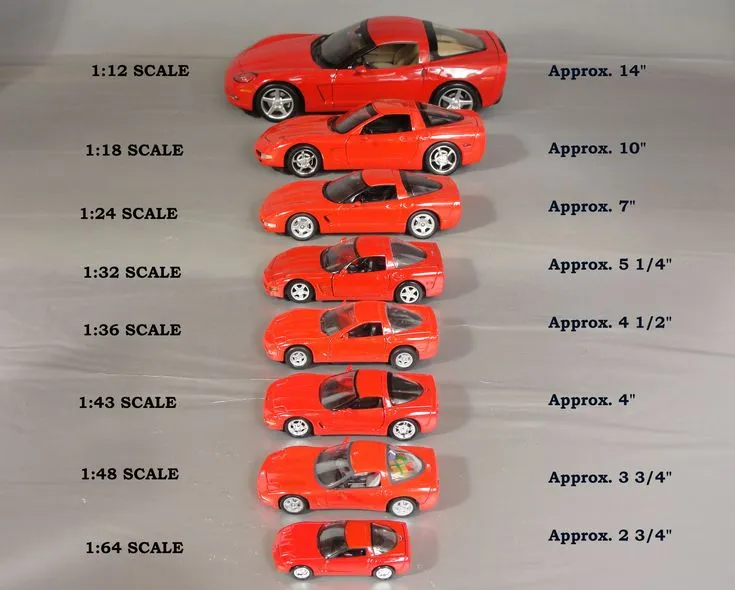
Several scales are popular in the world of diecast cars, each offering unique characteristics and appeal. The 1:18 scale is a favorite among collectors, offering a good balance of size, detail, and affordability. These models are large enough to showcase intricate details while remaining manageable for display. 1:24 scale models are slightly smaller, making them more accessible in terms of space and cost. These are common and great for casual collectors. The 1:43 scale is even smaller, ideal for collectors with limited space or those interested in a wider variety of models. This scale is also often used for race car models. Other scales, such as 1:64 (often referred to as ‘Hot Wheels’ size) and 1:12, cater to different preferences and display requirements. Understanding these common scales helps to navigate the market and choose models that suit your needs. Each scale offers its unique charm and appeal.
Factors Influencing Diecast Car Size
The size of a diecast car is influenced by several key factors. Primarily, the chosen scale determines the overall dimensions of the model. A larger scale like 1:18 will inherently result in a bigger model compared to a 1:64 scale model of the same car. Additionally, the size of the actual vehicle being replicated affects the model’s size. A large SUV will be larger in any given scale compared to a compact sports car. Manufacturing techniques and the level of detail can also play a role, with more detailed models sometimes requiring a slightly larger scale to accommodate intricate features. Brand and manufacturer also can affect the size. Some brands may slightly alter the scale for marketing or production reasons, meaning a 1:18 model by one manufacturer might be a few millimeters different from another. The overall design and detail level influence the final dimensions.
Choosing the Right Size for Your Needs
Selecting the appropriate diecast car size is essential for maximizing your enjoyment and satisfaction. Consider the available space for displaying your collection. Larger scales, like 1:18, require more room, while smaller scales, such as 1:64, are more space-efficient. Think about your budget; larger-scale models typically cost more. Furthermore, assess your collecting goals. Do you prefer detailed models or a wider variety of cars? If you value detail, consider 1:18 or 1:24 scales. If you prefer to build a large and diverse collection, smaller scales might be more suitable. Consider the specific cars you wish to collect; some models are only available in certain scales. Ultimately, the best size is the one that aligns with your personal preferences, collecting goals, and available resources. Tailor your collection to your own needs and desires.
Collecting and Displaying Diecast Cars
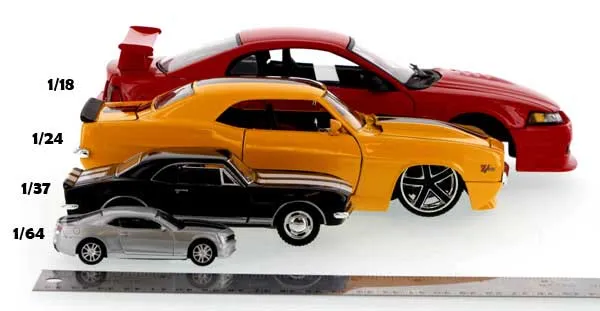
Once you’ve started collecting, displaying your diecast cars is a crucial part of the hobby. There are several ways to display your models, allowing you to showcase your collection and protect your investment. Display cabinets provide a safe and attractive way to exhibit your cars. Shelves and display cases are also excellent options, protecting the models from dust and damage while keeping them visible. Consider themed displays, grouping models by make, model, era, or color. Lighting can significantly enhance your display; spotlights can highlight details and create a professional look. Regularly rotate your display to keep things fresh. Collecting diecast cars is a rewarding experience, and a well-planned display elevates the enjoyment and value of your collection. Showcase your collection with pride.
Storage and Protection Tips
Proper storage and protection are essential for preserving the condition and value of your diecast car collection. Protect your models from direct sunlight, which can fade paint and damage delicate parts. Store your cars in a cool, dry place, as humidity and extreme temperatures can lead to rust, corrosion, and other issues. Original packaging is often the best storage option, as it provides a secure and protective environment. If you don’t have the original packaging, use acid-free boxes or cases to protect your models. Handle your cars with care, holding them by the chassis or wheels to avoid fingerprints and scratches. Dust your models regularly using a soft brush or cloth. By following these simple steps, you can ensure that your diecast cars remain in pristine condition for years to come. Take the necessary steps to protect your collection.
Diecast Car Size and Value
The size of a diecast car significantly impacts its value, although many other factors come into play. Generally, larger-scale models, due to their greater detail and construction costs, often have a higher initial value. However, the overall value depends on many variables, including rarity, condition, and brand. Certain scales are more popular with collectors, influencing demand and value. Limited-edition models and those from sought-after brands usually command higher prices. The condition of the model is critical; cars in their original packaging and with no defects are more valuable. The historical significance and popularity of the real-life vehicle also affect the diecast car’s value. Always research the specific model and the current market before making any decisions about buying or selling. Understand the relationship between size and value.
Factors Affecting Value
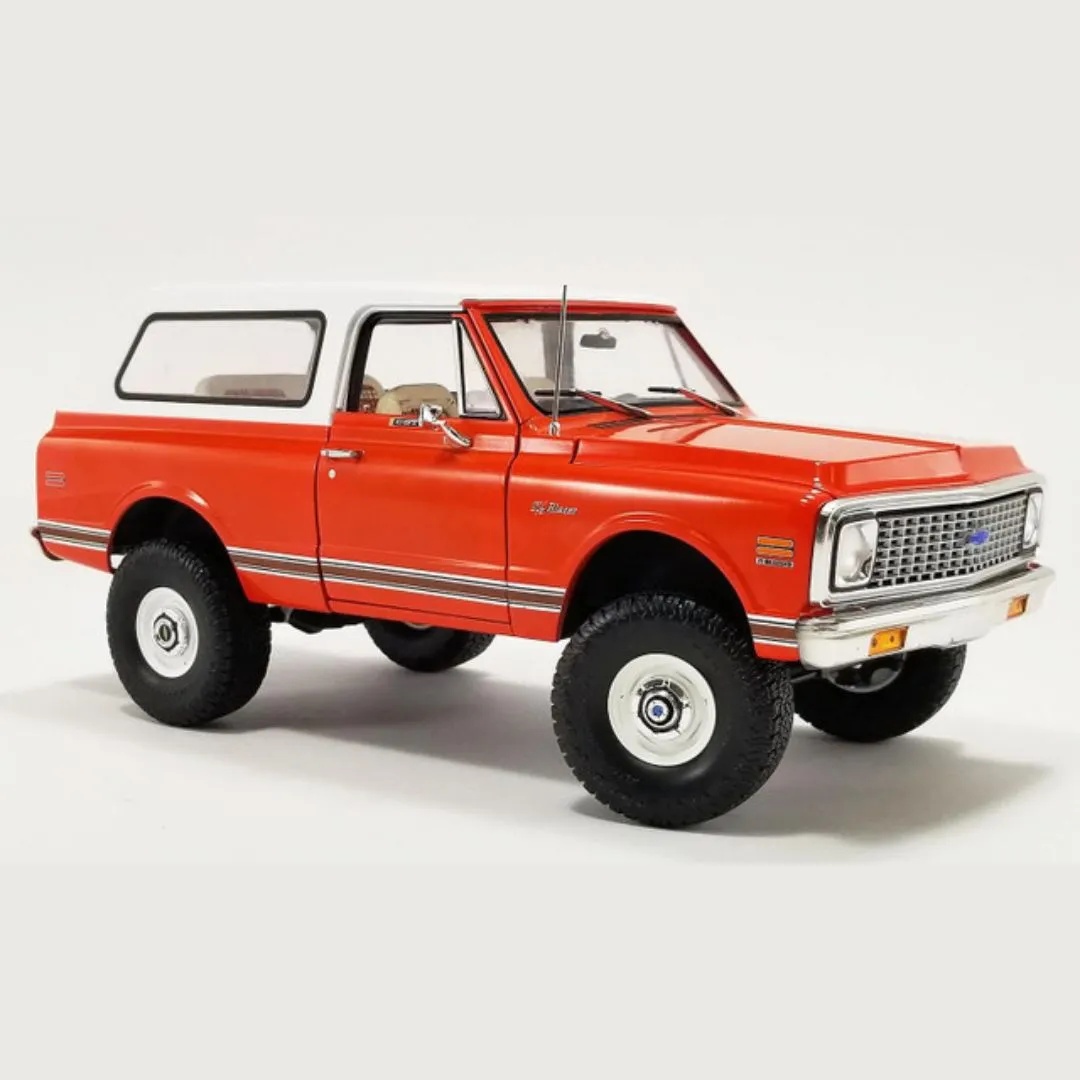
Several factors influence the value of a diecast car. Rarity is one of the most significant factors; limited-edition models or those produced in small quantities are typically more valuable. The brand and manufacturer play a crucial role; certain brands are highly sought after by collectors. The condition of the model is paramount; a car in mint condition, with its original packaging, is worth significantly more. The level of detail and accuracy also contributes to value. Models with intricate features and accurate representations of the original vehicle are usually more desirable. Historical significance, such as representing a classic or iconic car, can elevate the value. Market demand and current collecting trends also affect value; certain models or scales might be more popular at any given time. Consider the many factors that influence the overall value of a diecast car.
Rarity and Collectibility
Rarity and collectibility are vital components of a diecast car’s value. Limited-edition models, especially those produced in small numbers, are highly desirable among collectors. Models featuring unique features or variations are also considered more valuable. The reputation of the brand and the perceived quality of the model heavily influence collectibility. Cars representing historically significant vehicles or those from iconic brands have a higher collector base. Collectibility is often driven by the nostalgia and sentimental value associated with certain cars or eras. The demand and popularity of a model can also change over time, influenced by market trends and collector preferences. Understanding these factors is crucial for assessing the investment potential of a diecast car and making informed decisions about buying and selling. Identify the key elements that make a diecast car rare and collectible.
Where to Buy Diecast Cars
There are numerous places to buy diecast cars, both online and in brick-and-mortar stores. Online marketplaces offer a vast selection of models from various sellers, often at competitive prices. Specialized online retailers focus on diecast cars, providing a curated selection and expert advice. Local hobby shops and collectible stores offer a hands-on shopping experience, allowing you to examine models before purchasing. Auctions, both online and in-person, can be a source for rare or vintage models. Car shows and swap meets are great for finding unique pieces and connecting with other collectors. Consider the reputation of the seller and the authenticity of the models before making a purchase. Explore the various avenues available for acquiring diecast cars.
Online vs. Brick-and-Mortar
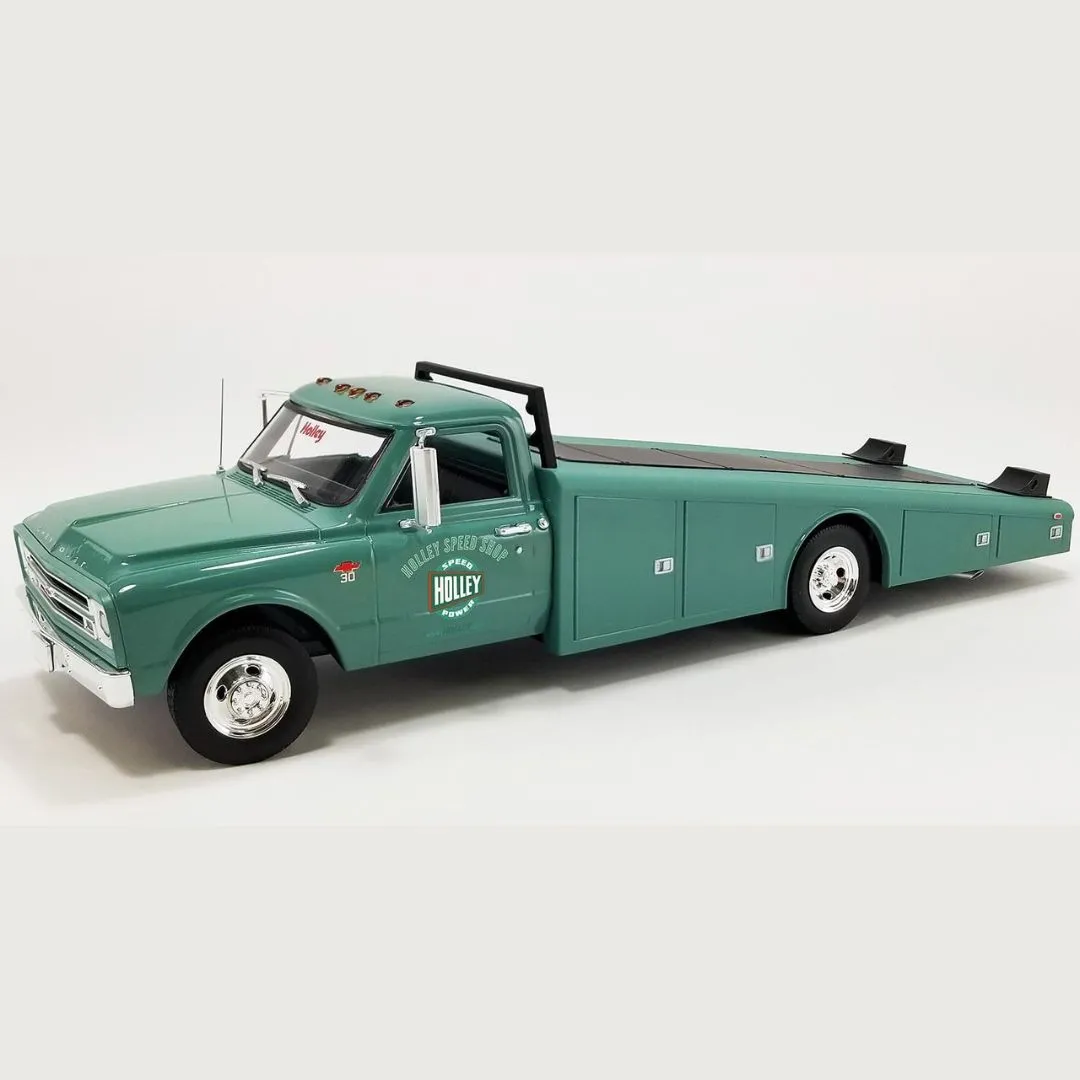
Both online and brick-and-mortar stores have advantages and disadvantages. Online stores offer a vast selection, competitive pricing, and the convenience of shopping from home. You can easily compare prices, read reviews, and find models from all over the world. However, you cannot physically inspect the model before buying, and shipping costs and times must be considered. Brick-and-mortar stores allow you to examine the model in person, assess its quality, and get expert advice from staff. You can also avoid shipping costs and receive your purchase immediately. However, the selection may be more limited, and prices might be higher. Consider your preferences, priorities, and the type of models you are looking for when deciding where to buy diecast cars. Compare the pros and cons of online versus brick-and-mortar stores.
Tips for Finding the Best Deals
Finding the best deals on diecast cars requires some strategic planning. Compare prices from different retailers, both online and offline. Watch for sales, promotions, and discounts, especially around holidays or special events. Consider buying used models, which are often available at lower prices. Participate in online forums and communities to learn about sales and deals. Attend car shows and swap meets, where you can often find great bargains. Be patient and persistent; the perfect model at the perfect price may take time to find. Research the market value of the models you are interested in before making a purchase to avoid overpaying. Remember, the best deal is one that meets your needs, fits your budget, and brings you joy as a collector. Maximize your savings when acquiring your diecast cars.
